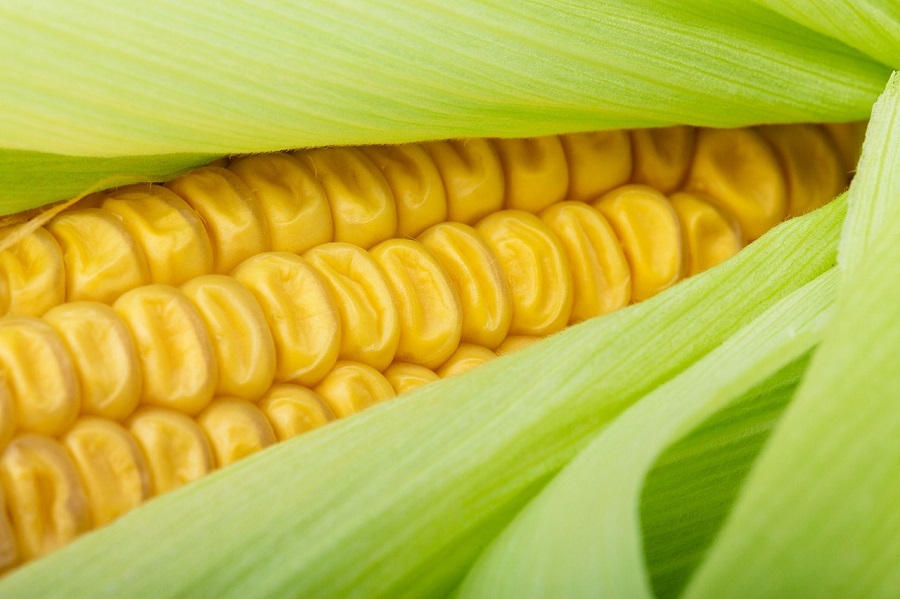products

others
Soybean Meal
Rapeseed Cake
Sunflower Meal
Raw Sugar
Cocoa Powder

Soybean
Soybean, (Glycine max), also called soja bean or soya bean, annual legume of the pea family (Fabaceae) and its edible seed. The soybean is economically the most important bean in the world, providing vegetable protein for millions of people and ingredients for hundreds of chemical products.
Rapeseed
Rapeseed, (Brassica napus var. napus), is a winter or spring annual oil crop in the Brassica family. It is also known as rape and oilseed rape. Rapeseed is related to mustard, cabbage, broccoli, cauliflower and turnip. Rapeseed plants grow from three to five feet tall and have yellow flowers with four petals.
Flax Seeds
Also known as common flax or linseed, is a flowering plant, Linum usitatissimum, in the family Linaceae. It is cultivated as a food and fiber crop in regions of the world with temperate climates. Textiles made from flax are known in Western countries as linen and are traditionally used for bed sheets, underclothes, and table linen. Its oil is known as linseed oil. In addition to referring to the plant, the word “flax” may refer to the unspun fibers of the flax plant. The plant species is known only as a cultivated plant and appears to have been domesticated just once from the wild species Linum bienne, called pale flax.[3] The plants “flax” in New Zealand are, by contrast, members of the genus Phormium.

Soybean Oil
Soybean oil is a vegetable oil extracted from the seeds of the soybean (Glycine max). It is one of the most widely consumed cooking oils and the second most consumed vegetable oil. Chinese records dating prior to 2000 BCE mention use of cultivated soybeans to produce edible soy oil. Ancient Chinese literature reveals that soybeans were extensively cultivated and highly valued as a use for the soybean oil production process before written records were kept. Main producers , China, USA, Brazil and Argentina.
Sunflower Oil
Sunflower oil is the non-volatile oil pressed from the seeds of the sunflower (Helianthus annuus). Sunflower oil is commonly used in food as a frying oil, and in cosmetic formulations as an emollient. Several varieties of sunflower oil seeds have been developed by standard plant breeding methods, mainly to vary the amounts of oleic acid and linoleic acid which, respectively, are the predominant monounsaturated and polyunsaturated fats in sunflower oil. Sunflower oil is a rich source of vitamin E. Sunflower oil is primarily composed of linoleic acid, a polyunsaturated fat, and oleic acid, a monounsaturated fat. Through selective breeding and manufacturing processes, oils of differing proportions of the fatty acids are produced.[1] The expressed oil has a neutral taste profile. The oil contains a large amount of vitamin E. Russia , Ukraine and Argentina are the biggest producers.
Rapeseed Oil
Rapeseed oil or Canola oil is a vegetable oil derived from a variety of rapeseed that is low in erucic acid, as opposed to colza oil. There are both edible and industrial forms produced from the seed of any of several cultivars of the plant family Brassicaceae. According to the Canola Council of Canada, an industry association, the official definition of canola is “Seeds of the genus Brassica (Brassica napus, Brassica rapa, or Brassica juncea) from which the oil shall contain less than 2% erucic acid in its fatty acid profile and the solid component shall contain less than 30 micromoles of any one or any mixture of 3-butenyl glucosinolate, 4-pentenyl glucosinolate, 2-hydroxy-3 butenyl glucosinolate, and 2-hydroxy- 4-pentenyl glucosinolate per gram of air-dry, oil-free solid.”

corn
Maze, also known as corn (North American and Australian English), is a cereal grain first domesticated by indigenous peoples in southern Mexico about 10,000 years ago. The leafy stalk of the plant produces pollen inflorescences (or “tassels”) and separate ovuliferous inflorescences called ears that when fertilized yield kernels or seeds, which are fruits. Maize has become a staple food in many parts of the world, with the total production of maize surpassing that of wheat or rice. In addition to being consumed directly by humans (often in the form of masa), maize is also used for corn ethanol, animal feed and other maize products, such as corn starch and corn syrup. Maize is widely cultivated throughout the world, and a greater weight of maize is produced each year than any other grain. In 2020, total world production was 1.16 billion tonnes, led by the United States with 31.0% of the total. China produced 22.4% of the global total. Brazil Argentina Ukraine are other important producers.
barley
Barley (Hordeum vulgare), a member of the grass family, is a major cereal grain grown in temperate climates globally. It was one of the first cultivated grains, particularly in Eurasia as early as 10,000 years ago. Globally 70% of barley production is used as animal fodder. As a food It is used in soups and stews, and in barley bread of various cultures. Barley grains are commonly made into malt in a traditional and ancient method of preparation. In 2020, world production of barley was 157 million tonnes, led by Russia producing 13% of the world total. Spain, Germany, Canada, and France were major producers.
wheat
Wheat is a grass widely cultivated for its seed, a cereal grain which is a worldwide staple food. The many species of wheat together make up the genus Triticum; the most widely grown is common wheat (T. aestivum). The archaeological record suggests that wheat was first cultivated in the regions of the Fertile Crescent around 9600 BCE. Botanically, the wheat kernel is a type of fruit called a caryopsis. In 2020, world wheat production was 761 million tonnes, led by China, India, and Russia collectively providing 38% of the world total. As of 2019, the largest exporters were Russia (32 million tonnes), United States (27), Canada (23) and France (20), while the largest importers were Indonesia (11), Egypt (10.4) and Turkey (10.0)